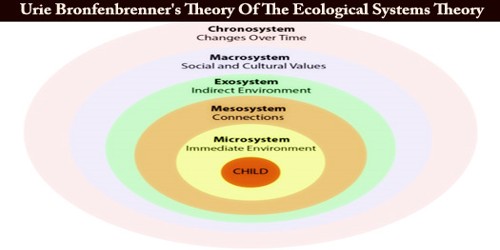Moving is thought to be stressful, but how stressful is it? Researchers have devised a novel investigation method. Dr. William Cheung of the University of Auckland Business School is analyzing micro-level data about people and households to investigate the effects of moving on mental health and stress.
His study, co-authored with business analyst Daniel Wong, examines stress levels among adults in the Auckland region, specifically homeowners and renters, as well as a non-moving control group. Overall, the results show that homeowners have significantly higher stress levels than renters, and those who move frequently are more stressed than those who do not. The data also suggests that people who are under a lot of stress are more likely to move.
While acute stress appears to result in one-time movements, chronic stress, according to Dr. Cheung, results in more frequent movement. The study also found that when people do not move, their stress levels decrease over time. According to Cheung, social housing tenants have significantly higher baseline stress levels than both homeowners and renters.
We gained a better understanding of the stress of moving homes, the impact of mobility on place experience, and the circumstances, benefits, and challenges of moving home over the course of a resident’s lifetime/
Dr. Cheung
“While research has shown that moving house is detrimental to mental well-being,” Dr. Cheung writes in his paper, “our studies also suggest that frequent relocation and housing tenure types, particularly owner-occupier, is a significant contributor to stress.”
As a result, the study’s authors recommend implementing housing strategies that ensure housing can be sustained over time. Dr Cheung says this may include assistance programmes that make housing more attainable for the vulnerable, such as those encountering mental illness. “We need economic programmes that aid individuals at risk of losing their homes and, as well as providing stable housing, mental health services must be available, easily accessible among urban residents, and designed to remain amenable under transient circumstances.”

Cheung and Wong examined the average stress levels of non-movers, renters, homeowners, and social housing residents aged 19 to 54 living in urban Auckland between 2013 and 2018 using the government’s Integrated Data Infrastructure, which is based on micro-level individual census data.
They were able to reconstruct the Social Readjustment Rating Scale (SRRS), a stress comparison scale developed in the 1960s by two psychiatrists, using census data. The original SRRS assigns up to 100 points to various life stressors, ranging from 100 points for the death of a spouse to 11 points for minor law violations. Other examples include moving (20 points), taking out a large mortgage (37) and divorcing (73 points).
According to Dr. Cheung, the new method produced an instrument that can measure the socioeconomic impact on an individual in any population segment at a much lower cost than current measures. Using census data and the SRRS model was also more efficient than traditional surveys, with greater sensitivity and ability to identify influences on individuals.
“We gained a better understanding of the stress of moving homes, the impact of mobility on place experience, and the circumstances, benefits, and challenges of moving home over the course of a resident’s lifetime.” Dr. Cheung believes that by increasing people’s understanding of such stressors, researchers can contribute to broader discussions about how an individual’s personal history and social mobility influence their social well-being.















